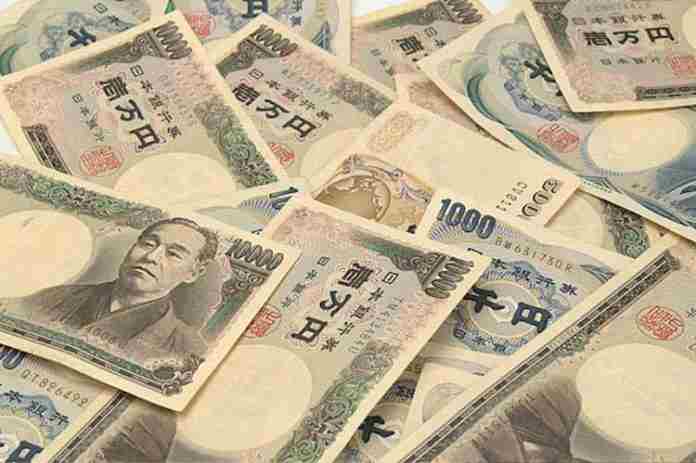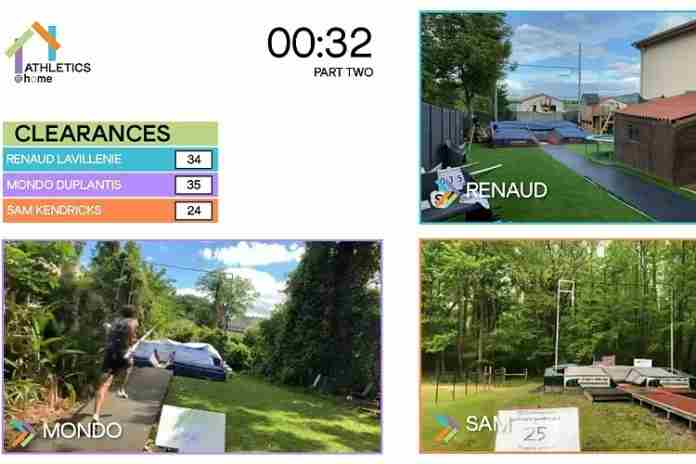Almost as soon as the announcement that the 2020 Olympic Games in Tokyo would be delayed by a year, estimates began appearing of the cost of postponement.
The Nikkei Asian Review came out the most popular forecast, stating in a 25 March story that “The Tokyo organizing committee has estimated that the Tokyo Olympics and Paralympics will cost an additional 300 billion yen ($2.7 billion).”
That was a day after the postponement was announced, and two weeks after the World Health Organization labeled the coronavirus a worldwide pandemic. That’s not anywhere close to enough time for an actual examination of the costs, but in today’s world of instant, non-expert non-analysis, who cares, right?
The budget for the Tokyo Games – prior to the postponement – including $5.6 billion (converted from Japanese yen) – from the organizing committee, another $5.6 billion from the Tokyo Metropolitan Government and $1.4 billion from the Japanese federal government. Of that, some $3.2 billion has already been spent by both governments in creating the new permanent venues that will be used by the Games, including the new national stadium.
There is also a $300 million contingency fund in the organizing committee’s budget, not included in the $12.6 billion total.
Some experienced observers, who have actual experience with Olympic organizing efforts, have cast doubt on the speculation – up to $6 billion – on additional costs. British marketing executive Michael Payne, the former International Olympic Committee marketing director from 1989-2004, scoffed at the projections last month:
● On 17 April, he tweeted:
“No question that there will be significant extra costs for the Tokyo olympic postponement – but just don’t understand these talk of $ billions. Basic look at Olympic economic history / OCOG dynamics. Just does not add up.”
● On 21 April, he followed up:
“Just don’t understand where these $2b to $6b can come from. @Tokyo2020 All venues are now built. All OCOG heavy lifting from technology to operation planning done. This does not have to be repeated. Full Games 7 year OCOGs can be delivered for $3b. Something missing here!”
He’s quite right. However, IOC chief Thomas Bach (GER) has said the cost for the IOC will be in the hundreds of millions, and organizing committee chief executive Toshiro Muto has promised “transparency” on the additional costs involved.
So what happens now?
Having worked on more than a dozen multi-day, multi-site events, personal experience says there is no magic, but a lot of hard work and a lot of pressure on the organizing committee staff to find ways to reduce costs and still present a memorable event next summer. Just to be helpful, here are seven ideas that could be considered … and probably are being thought about right now. Not in any specific order:
● Scope reduction in the cultural program
A program of cultural events is required in the Olympic Charter and in the Host City Contract. But the scope is up to the organizers and could easily be cut back, depending on the status of the contracts for performers and venues in 2020 and whether they can re-book in 2021. Many acts and sites may already have other plans.
● Scope reduction in fan festivals
This is one of Bach’s favorite elements, where the Games reach the people “where they are.” But this is a “nice to have” aspect of the Games and not required in order to stage the sporting events.
And, let’s not forget, that Tokyo is one of the world’s great capitals and already a magnet for tourism regardless of the Games. Individual communities in Tokyo or in other areas of Japan, can be offered opportunities for inexpensive banners, signage and other elements that they can mount on their own to show support for the Games.
● Reduce the number of volunteers
A very careful examination of staffing needs is undoubtedly already in the works. While volunteers are not paid, staffing is a significant cost element. Uniforms, meals, transportation and technical support all cost something.
Some 80,000 volunteers – out of more than 200,000 applicants – were scheduled to work the Games, but there will undoubtedly be attrition with the Games moved to 2021. A rigorous review of staffing needs, especially off the field of play, could reduce the total by several thousand and by tens of millions of yens.
● Ask athletes done competing to go home before the Closing Ceremony
Many athletes do not stay to the Closing Ceremony at any Games, opting to move on to other summer competitions, to become tourists or go home. This especially true of those with sports concluded in the first week. But some do stay and continue to live in the Olympic Village, enjoying the high service levels, free meals and free admission to most other Olympic events.
The Tokyo organizers would need to get the IOC’s approval, but it would hardly be inappropriate – under the circumstances – to ask athletes to leave the Village not more than three days after their competitions are over. This will make the Village less costly to operate, but there will still be plenty of athletes left for the Closing Ceremony.
Let’s not forget that the IOC has already adopted a “two-wave” concept for Village occupancy for the 2022 Youth Olympic Games in Dakar (SEN) for 2022, in order to cut down the expense for that organizing committee. So it’s not as if this concept is totally new.
● Ensure more efficient use of press seating areas
Having been deeply involved in Olympic press operations area for more than 35 years, this an old pain that never goes away: empty press seats. With about 6,000 written press and photographers expected in Tokyo, we’re talking about a lot of seats.
In most sports, media seating inside arenas and stadiums is split between seats with built-up tables (and electrical power and WiFi support) and ordinary seats which are in the reserved press area. The idea is that the media assigned to specialize in that sport use the tables for all sessions and those who come occasionally use the non-tabled seats and do their filing from the media workroom.
This is fine for most Games, with modest attendance in many of the preliminary sessions. But for Tokyo, which is looking at a total sell-out and high demand for any tickets, it makes sense to evaluate – carefully, but it can be done (and I have done so many times) – the likely press attendance at each session of each sport and release seats on a session-by-session basis for public sale. The result will be several million dollars of added revenue.
● Reduce Olympic Family seating … and sell them
The same argument for press seating can be made for those seats reserved for “Olympic Family members,” which include members of the International Olympic Committee and officials from the International Federations, National Olympic Committees and many others.
These are the folks who have reserved seating areas in some of the best seats in the house and … unfortunately, are not always used.
The IOC has been under pressure for decades – especially from broadcasters – to do something about empty seating sections which are obvious on television. In a situation where the organizers can sell any tickets they can find, it makes sense to revisit the entire concept of in-arena seating for officials and guests.
How many seats are really needed? For which sessions? Can some of the guests just watch from a hospitality room via television? Instead of allowing some groups to come and go to these seating areas as they please, can all such seats require hard tickets to be picked up in advance? All of these questions will be asked, especially for seats which are usually the best in the house.
● Ask Tokyo’s super-rich to help support the Games
It’s not well known, but there was a 1983 plan in Los Angeles to ask L.A.’s wealthiest individuals to help underwrite a potential deficit at the Games of the XXIIIrd Olympiad through the purchase of “Patron” programs.
It included the best seats in the house for the ceremonies and for whatever other events were desired. The idea was not to offer strong value, but to give those who could afford it, a way to keep the L.A. Games in the black. It also funded tickets, transportation and meals for several thousand local youth to attend the Games.
It wasn’t needed, as it turned out, but the idea was a good one, and was implemented with 684 packages bought at $25,000 each ($17.1 million then, maybe $43.4 million today!) Tokyo already has “hospitality packages” available of up to about $60,000 for first-rate tickets and hospitality services, but to help the organizers lessen the cost of the postponed Games, let’s talk about packages of $1 million or more, the bulk of which is to help underwrite the cost of the one-year delay.
There won’t be a lot of takers, but 100 or so could really help!
There are other options, of course, such as reducing the Look of the Games where production of the materials has not been completed, cutting down on the number of officials allowed and so on. The IOC has said it will not compromise the “athlete experience,” but there is a lot of other ground to review.
How much will the delay cost? Reality check: no one knows yet. But there will be substantial costs, unless substantial measures are taken to narrow the experience of everyone except the athletes in Tokyo. And that might be good for the Games in the future as well.
Rich Perelman
Editor
You can receive our exclusive TSX Report by e-mail by clicking here. You can also refer a friend by clicking here.



























